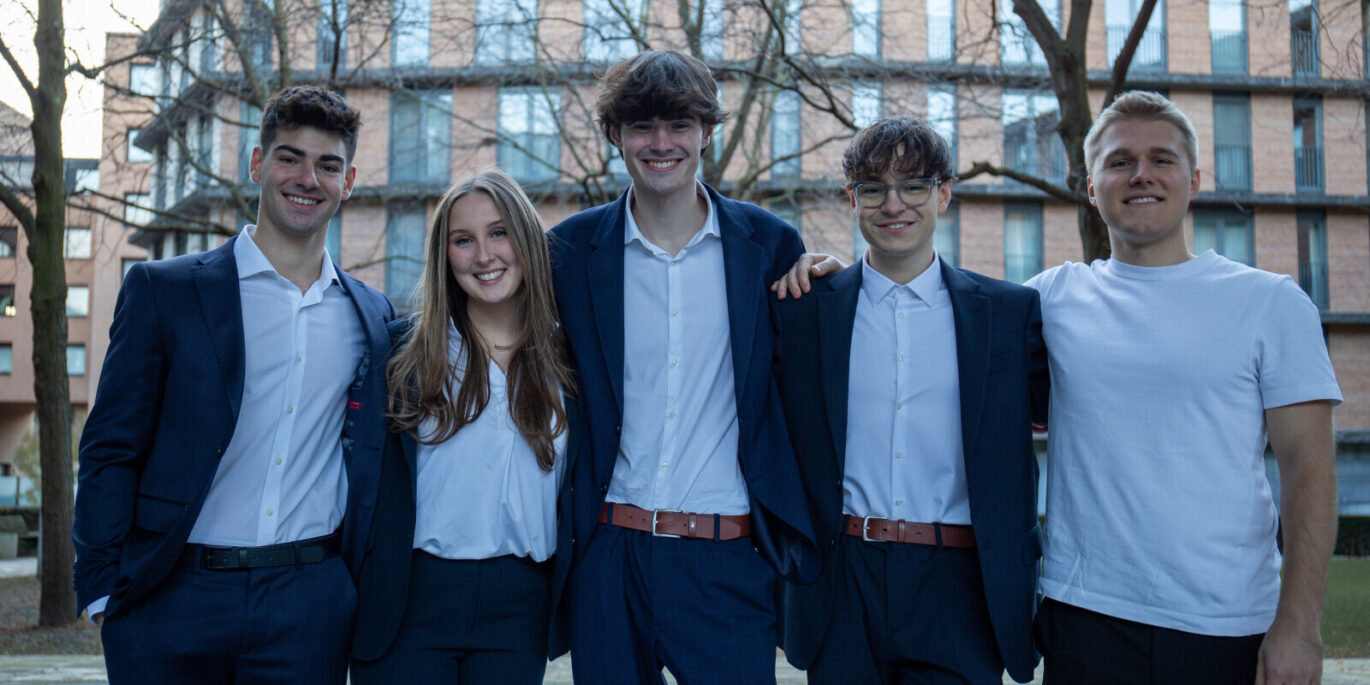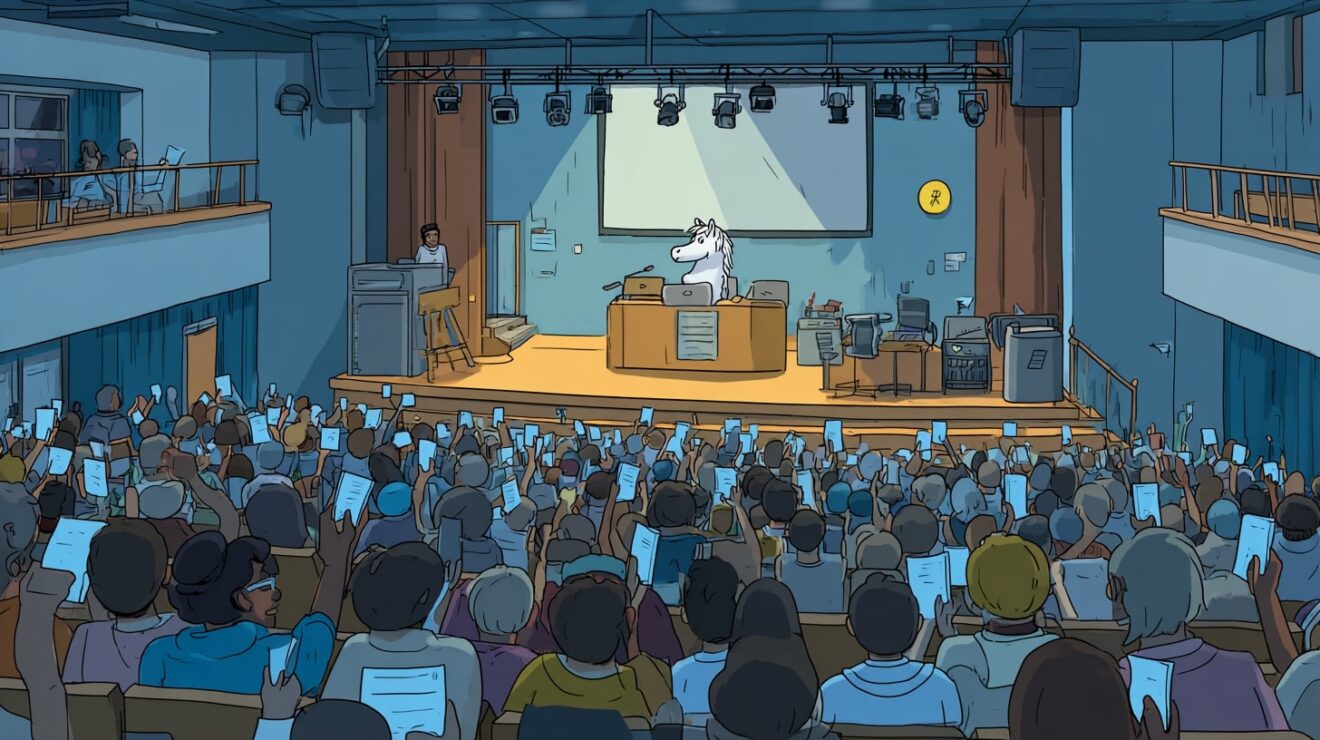Student voice is a major part of any university, we frequently ask students their thoughts and opinions to understand and improve their experience.
Yet universities are faced with a population of students suffering from survey fatigue, and feedback from students requesting that they let us know how they are feeling without having to fill in another form.
So within the student voice team at the University of Sussex, we have been exploring new ways of gaining insight into students’ experiences.
Focus groups are useful for gathering insightful, qualitative feedback, but they require participants to speak up in an environment that can be intimidating, particularly for those who do not feel that they are part of the dominant group, or that they belong in their current environment.
Instead, we wanted to explore a different methodology that could act as a more dynamic way to gather intel from students who would perhaps be reluctant to fill in a form or participate in a focus group where the pressure to answer questions in a formal setting can be off-putting.
Casual is key
This is why our “participate and create” sessions were born.
During participate and create sessions, students “create” something at a space on campus; such as pottery painting, making night lights out of old jars, and putting together recipe kits. While at the creative sessions, one of our staff or student staff members chat informally with participants about a specific topic. They have been effective in gathering feedback, building rapport, and fostering connections.
These conversations are deliberately casual, and students have the option not to answer if they don’t want to. There is the opportunity for students to feedback in a variety of ways, including vocally, in written form, and by sharing reflections after the event. We encourage conversation between students as well as with staff by having topics splashed around the room/table. All answers are anonymised.
Additionally, the sessions have a creative theme, and following feedback, include an activity where students create something that they can take away with them. This allows for further reflection after the session as the creative piece acts as a reminder of their experience.
Crafting belonging
The achievement of producing a physical representation of their creativity in a fun environment has been shown to nurture cohesion among participants and increase their sense of belonging both to the institution and to each other. By participating, students immediately have something in common on which to foster connection and a way to open up a conversation with one another, alleviating the social anxiety that can often occur in more formal feedback settings.
Fundamentally, students are empowered to speak about issues and often find the challenges they are experiencing are shared amongst the group. The informal nature of these conversations allows students to build on each other’s feedback and encourages peer to peer reflection on the topics under discussion.
The sessions provide a win-win situation. They aid us in gathering student feedback while providing a space for students to participate in a wellbeing activity and connect in a non-pressurised environment.
Crafting for change
Feedback received in sessions over the past year has helped us determine what is working in specific areas of student support, and where changes are needed.
We can also use feedback gained at the sessions to advocate for change on the student’s behalf. The sessions’ flexibility means we can adapt the activities on offer depending on our student cohort and ensure that they are accessible to everyone participating. The insights received have been valuable in our planning for future activity and thinking about how to adjust our offering to best reflect the needs of our diverse student population.
Students have reported feeling more comfortable engaging with the university when there is a wellbeing activity occurring at the same time. One student noted: “I would be most likely to attend if there was an activity going on so that it remains engaging but also so that it’s not awkward. Crafts are always a good way to go”.
By giving students space to answer questions as they participate in the activity, and to come back to questions and conversations throughout the session, we have found that they are more reflective in their responses, and as a result, we have been able to gather more insightful data than a traditional questionnaire would allow.
Feeling part of the process
The “participate and create” sessions do have drawbacks: they can be labour-intensive as they require a member of staff (or student staff) to design, advertise, be present at the sessions and analyse the responses. This does however enable staff members to connect with students informally and to directly answer questions that may arise from the conversations.
By using this methodology, students can meet a wider variety of staff outside of their usual contacts, thereby increasing their networks across the university. They also gain a greater understanding of why we may be asking for feedback and are more invested in the process than if they simply received a form to fill in via email.
The process is also less transactional than a form or focus group. Connections made with staff at sessions can lead to follow-up interactions, an increased feeling of belonging amongst our students, and greater awareness of the service on offer.
Where you craft matters
For budget-conscious teams, there are creative ways of running these at a low cost, choosing budget-friendly activities. It is also worth noting that questionnaires that are not incentivised tend to receive very few responses, so the cost of adapting these into “participate and create” sessions is marginal.
An additional drawback is that the data gathered is not as in-depth as that from a traditional focus group: some of the sessions we have held have been in our atrium which is quite an open space so students may not feel comfortable opening up about certain topics in great depth. We also have an option of holding sessions in quieter spaces where appropriate and tailoring them to specific student groups which can enable more open, richer discussion.
Participate and create sessions are not suitable for gathering all voices, however, we have found that as a methodology they have enabled us to capture a wider range of representative student voices.
They create a safe, informal environment for feeding back and enable students to build links with one another outside of the classroom, improving wellbeing through creating crafts as well as new connections.


















